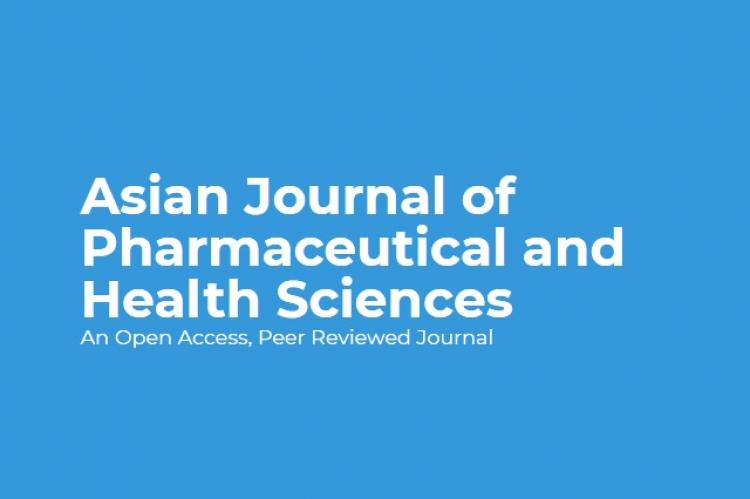Secondary leukaemia is an uncommon and serious complication of chemotherapy for various malignancies. The most common offending drugs are alkylating agents and topoisomerase II inhibitors. Two to twelve percent of patients (pts.)who receive etoposide based chemotherapy develops secondary acute myeloid leukaemia (AML). AML following etoposide based treatments most likely occur within 3 years after treatments, and the mean latency period from drug administration to the onset of secondary leukaemia is about 2 years. Here we presenting an interesting case report of a 65 years old male diagnosed as small cell lung cancer (SCLC), treated outside with etoposide based combination chemotherapy developed early secondary leukaemia within 15 months of iniation of treatment.
View:
- PDF (85.5 KB)


